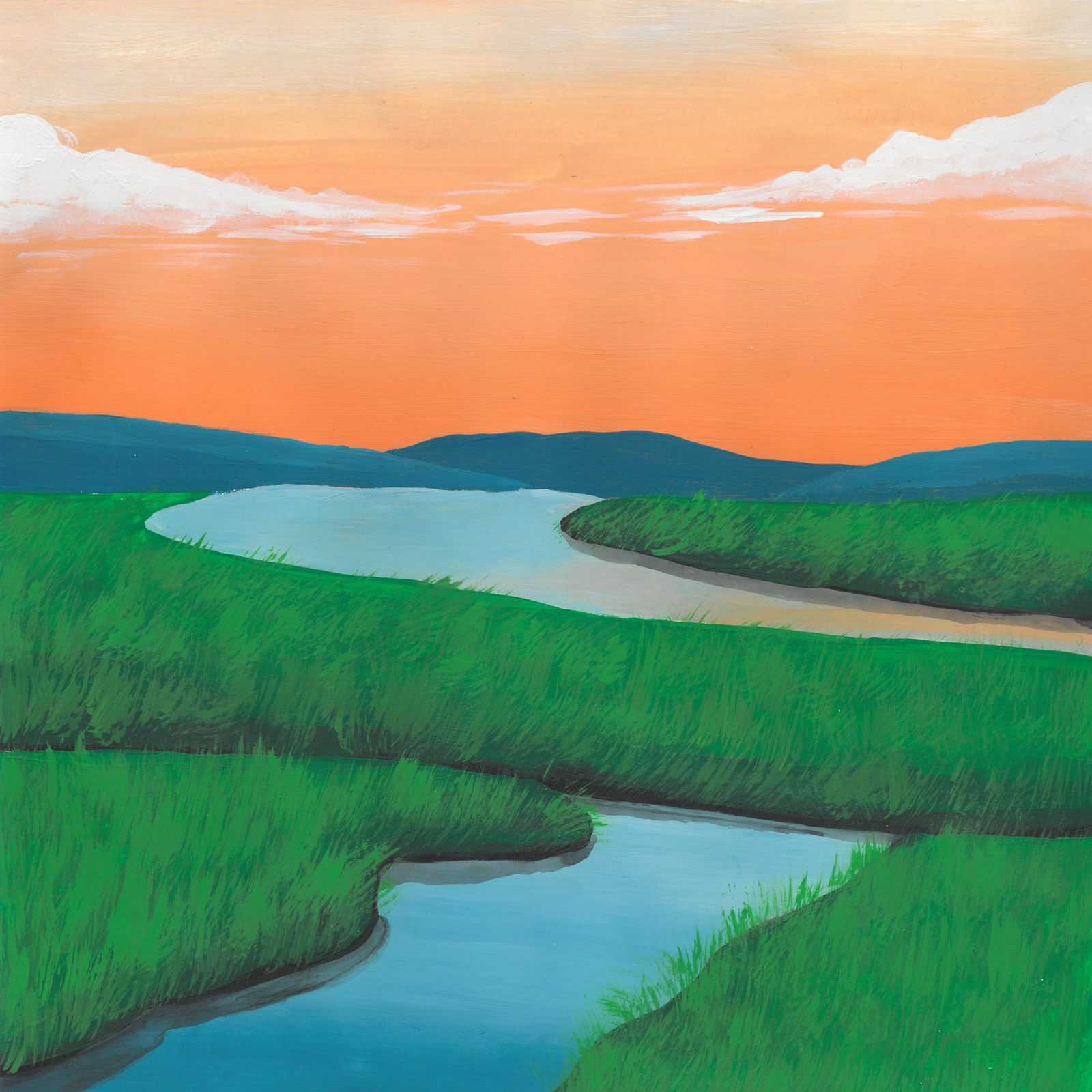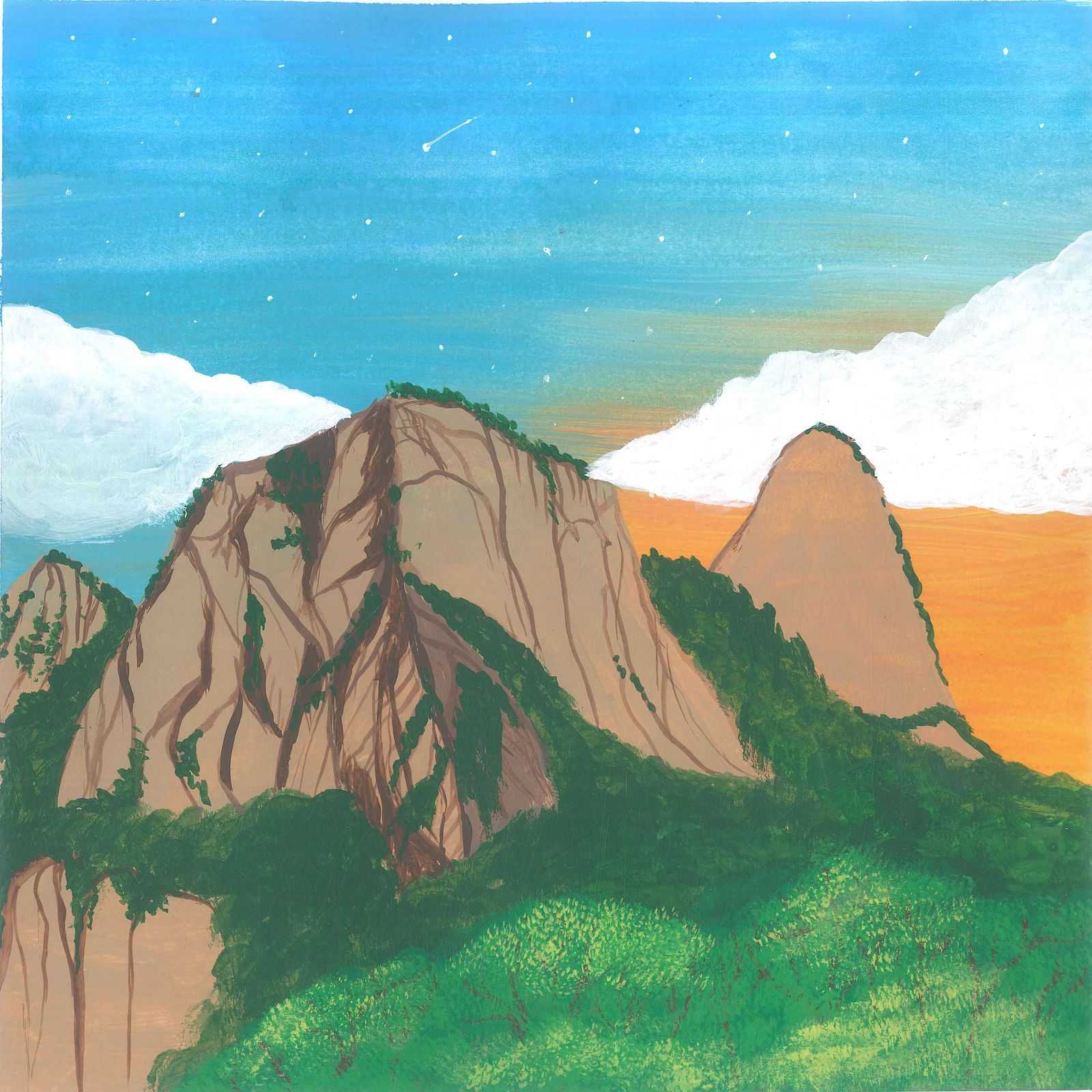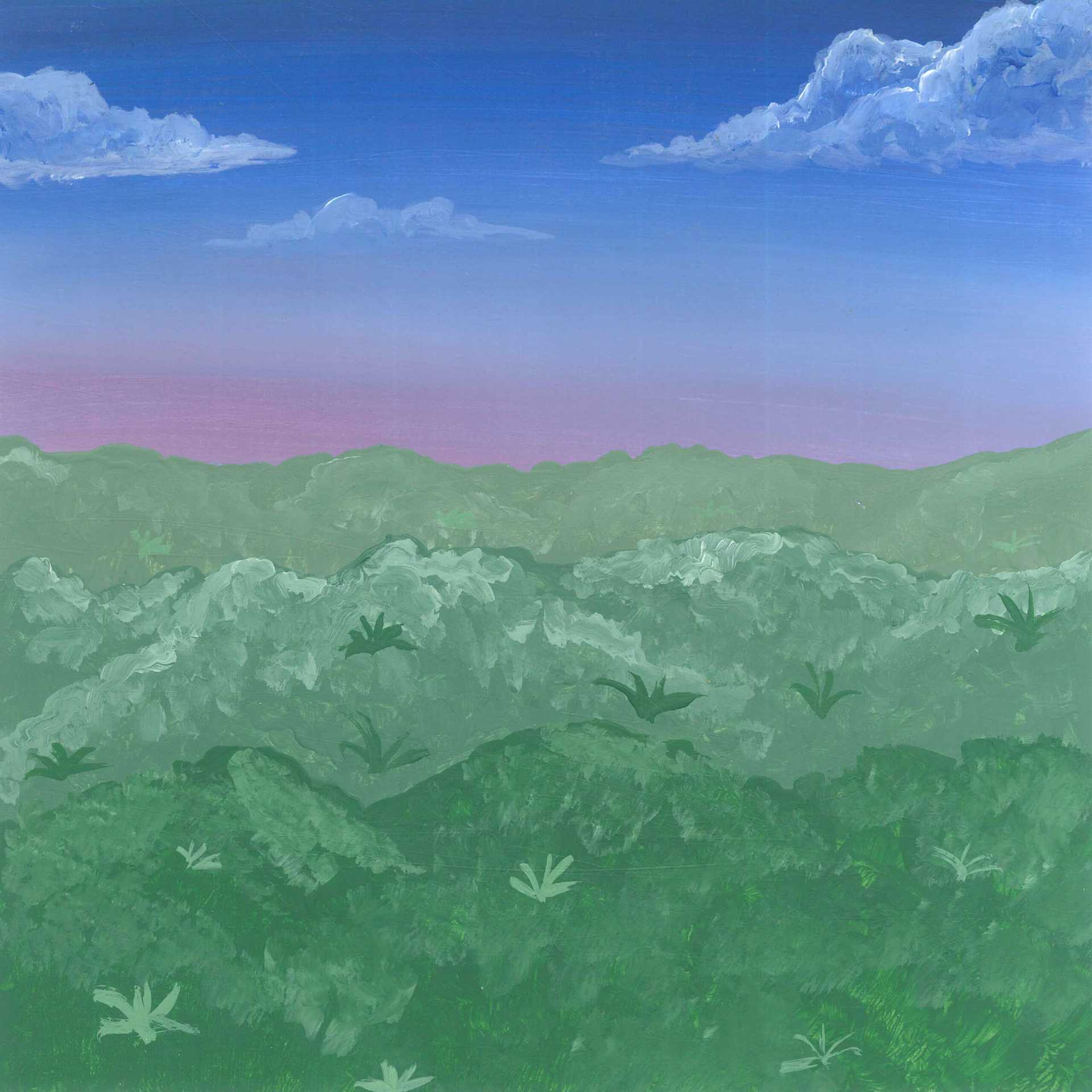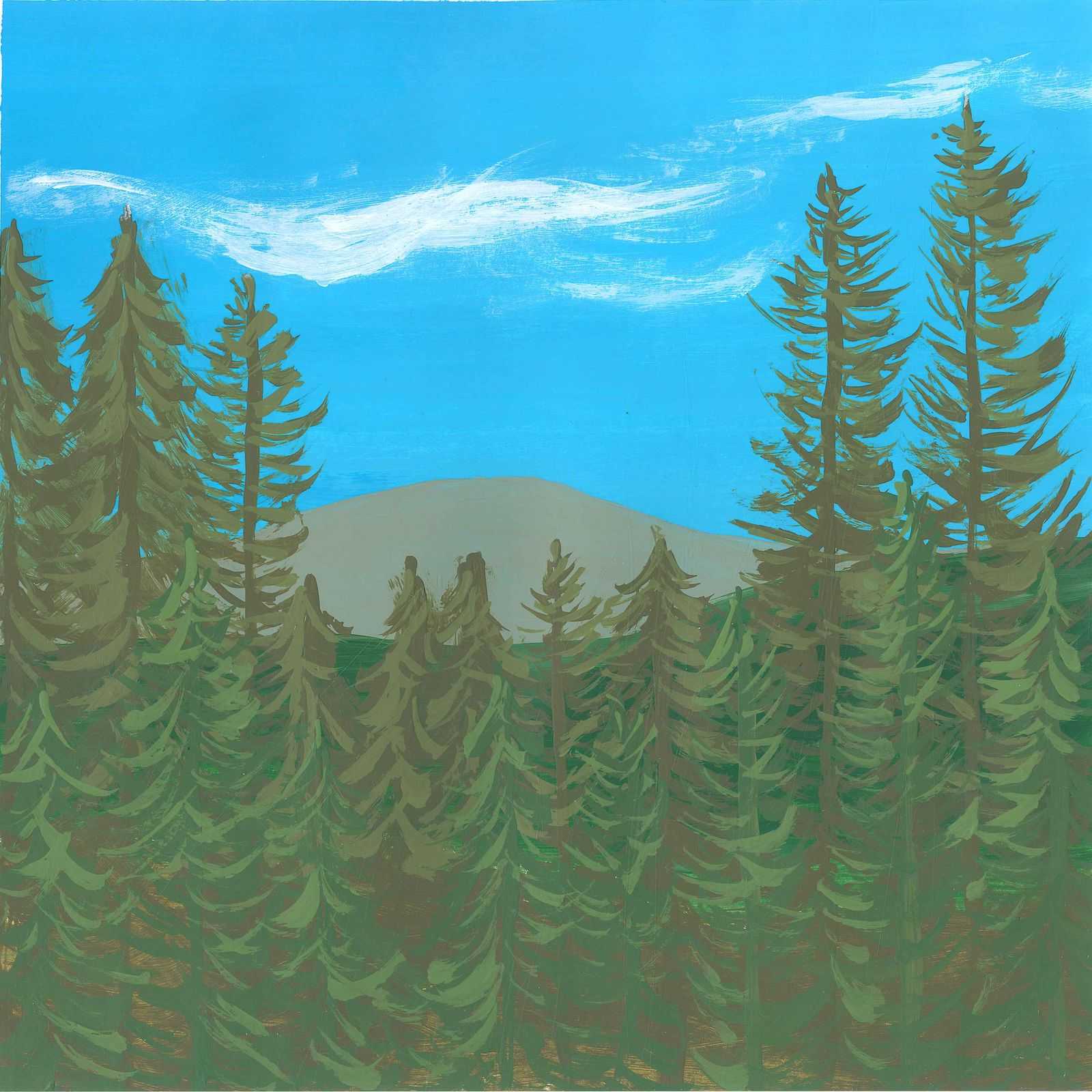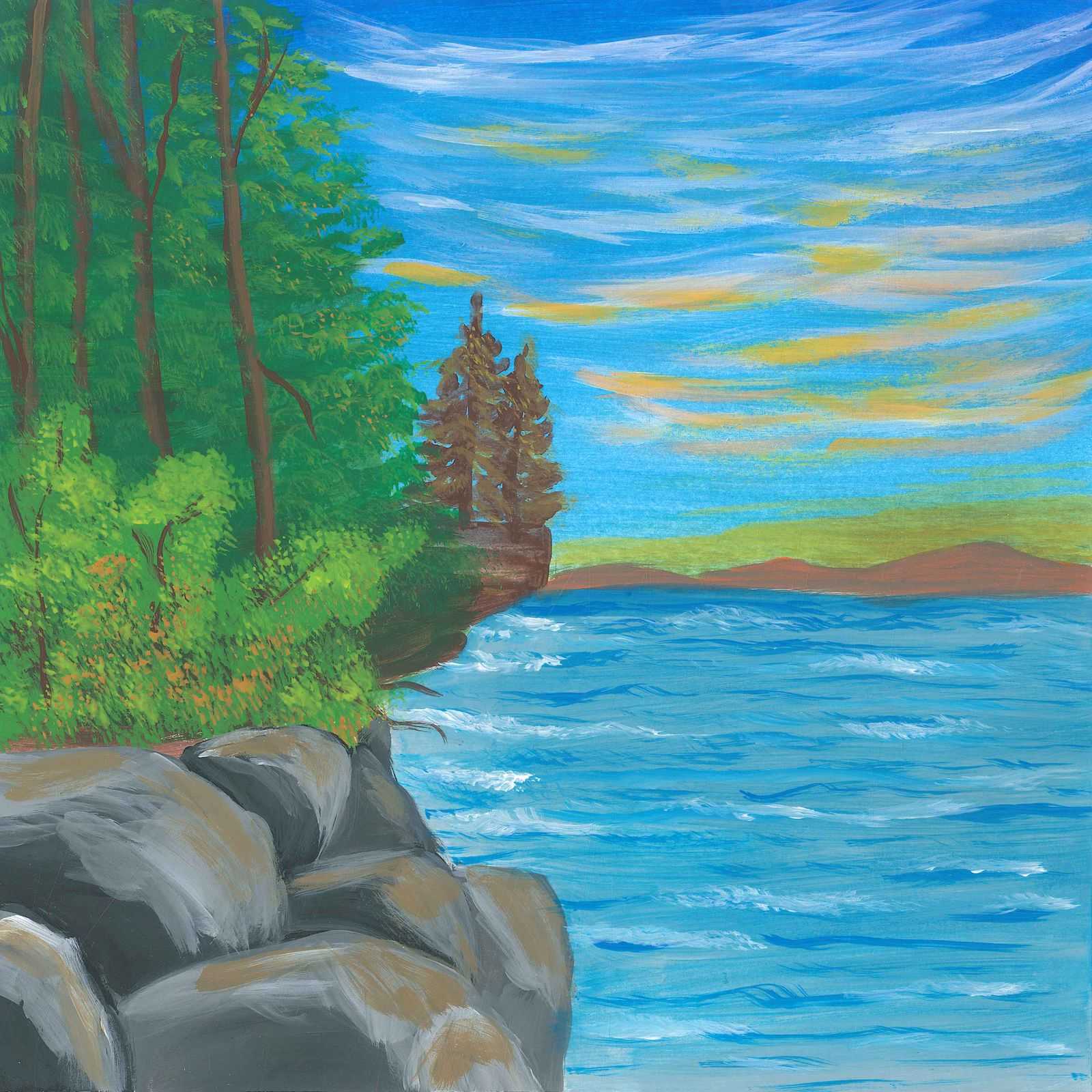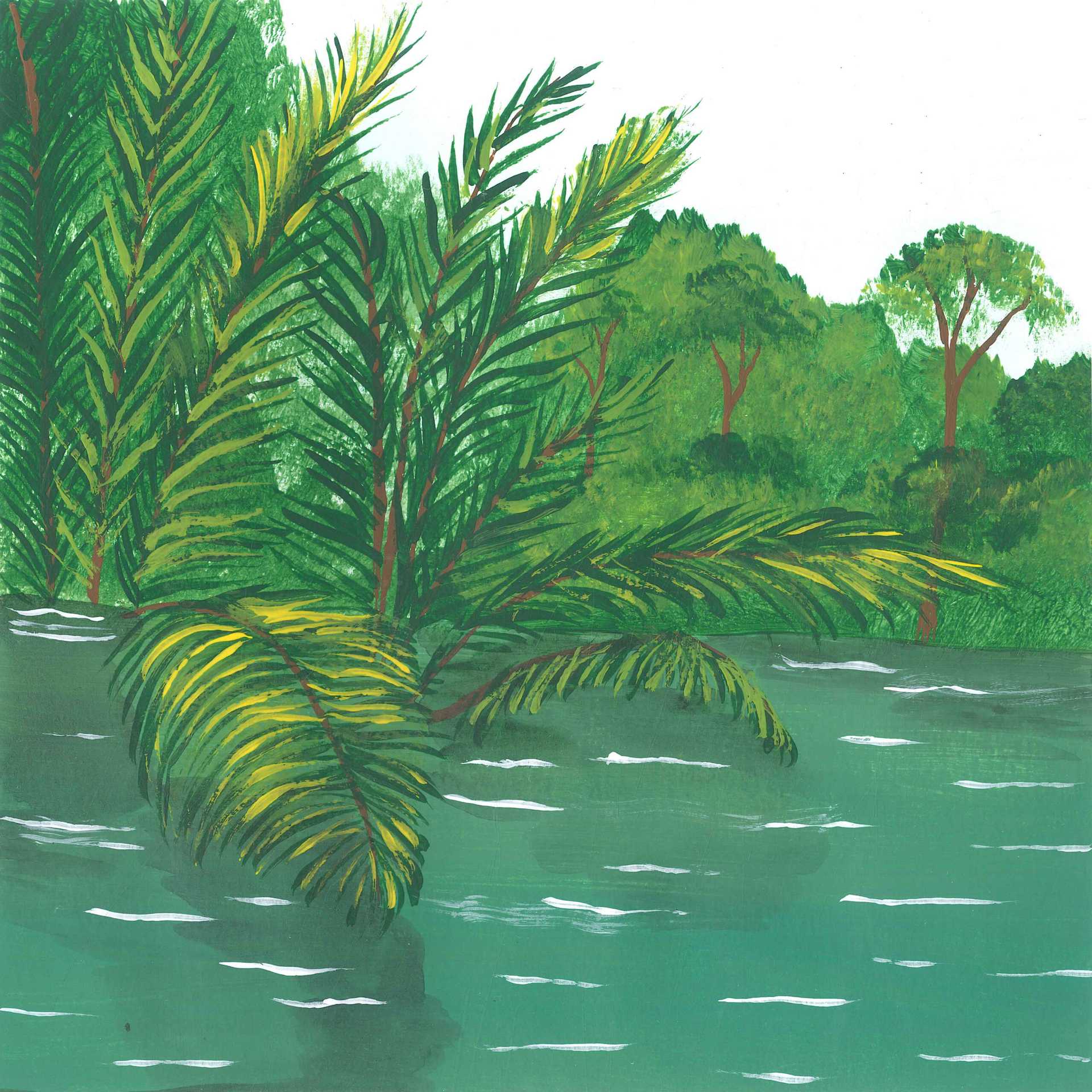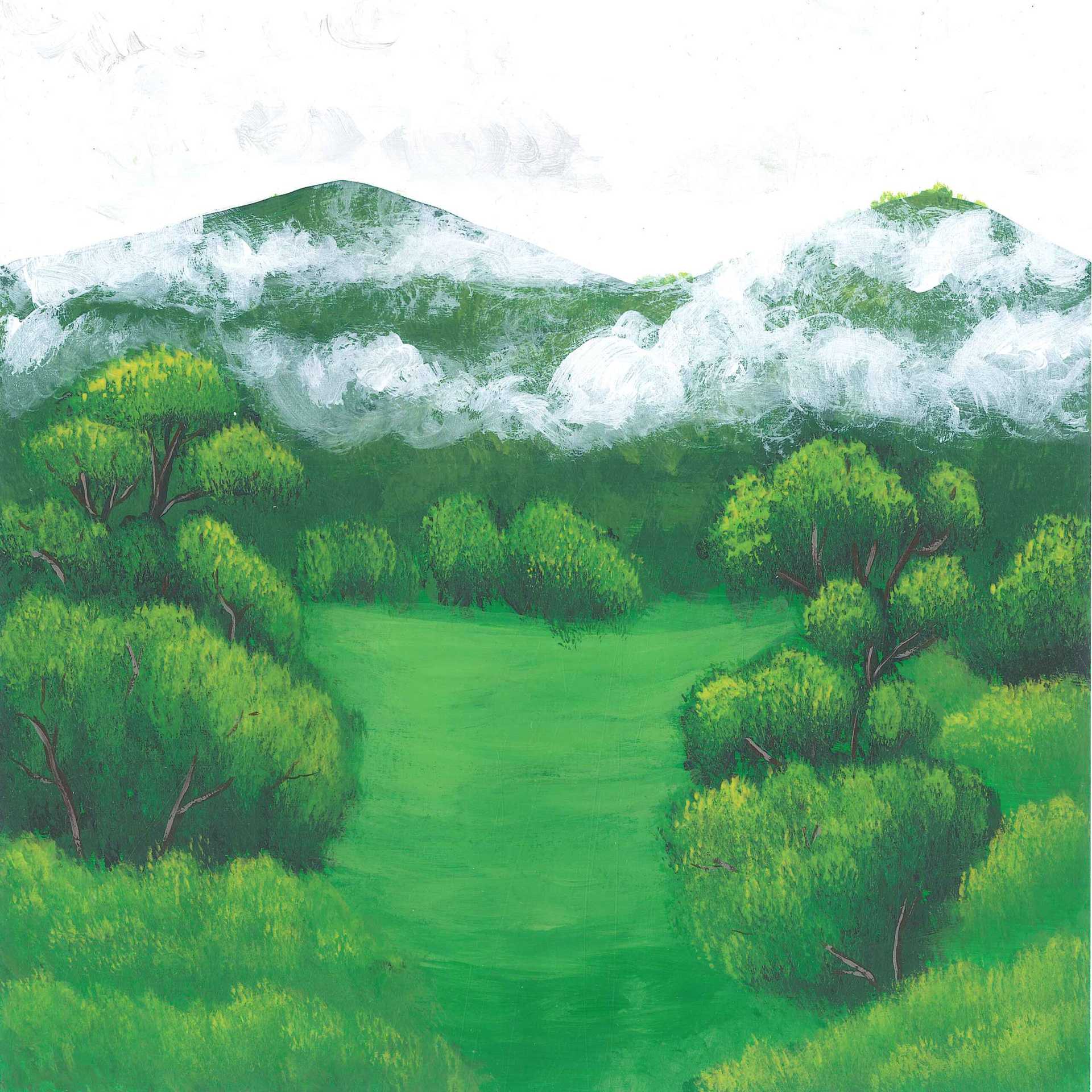
Our colleague Jan has searched the earth.fm collection for the sounds of various habitats and of the species in those places which are under threat of extinction in the near future. These recordings could very well become legacies of extinction, proof of ecosystems which no longer exist. But it doesn’t have to be this way. These are endangered habitats and we can still turn the tide by supporting those who fight to protect them.
We hope these sounds will nourish you and inspire you into action too.
| #Title | Location | Ecosystem | Duration |
|---|---|---|---|
| Brazil | Wetlands | 01:14:57 | |
| Malaysia | Tropical Forests | 59:55 | |
| Madagascar | Temperate Forests | 01:00:09 | |
| Indonesia | Tropical Forests | 01:01:49 | |
| Estonia | Wetlands | 03:43 | |
| Montenegro | Wetlands | 23:55 | |
| Romania | Temperate Forests | 59:55 | |
| Ecuador | Tropical Forests | 01:00:00 | |
| Australia | Mountains | 01:06:29 | |
| Ethiopia | Mountains | 59:55 | |
| Portugal | Temperate Grasslands | 01:06:41 |
Tropical islands
Habitats on tropical islands are endangered by a variety of factors, including climate change, the introduction of invasive species, pollution, and human population growth. These factors are contributing to the loss of biodiversity on these islands, which are home to a wide variety of unique species. Deforestation has also had a significant impact on the habitats of many species, as large areas of rainforest are cleared for agriculture and other purposes.
We searched the earth.fm collection for the sounds of tropical island habitats and of species which are under threat of extinction in the near future.
🎧 Borneo
The dawn chorus in Kubah National Park, a renowned bird-watching destination in the Malaysian part of Borneo, must be one of the richest bioacoustic experiences on the face of the planet.
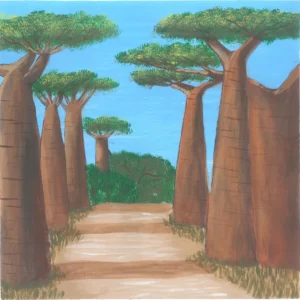
🎧 Madagascar Dry Forest
Madagascar’s dry forests are amazing biomes, full of weird and wonderful flora and fauna. Walking around areas of thick dry bush where the baobabs have been conserved feels like being in a huge cathedral. The wildlife of these dry forests is nothing short of unbelievable; geckos and wonderfully colored chameleons abound. Many of the animals, birds, and even plants found here are endemic, and some species may be unknown to science or even not yet described.
🎧 Madagascar: Masoala Peninsula
Masoala is a peninsula of Madagascar surrounded by the waters of the Indian Ocean. The best moment to experience its complex and lush soundscapes is the dawn chorus, though its dusk choruses can also be pretty lively. In this recording, you can hear clean birdsong with good forest acoustics, and soft drops of water falling on vegetation.
🎧 Papua
A vivid dawn chorus from the steamy forests of lowland West Papua: in the still-dark rainforest, hooded butcherbirds sing melodic fluty phrases to welcome the new day, while the calls of nocturnal frogs and insects gradually fade as diurnal species become active.
European wetlands
Wetlands provide vital ecosystem services, such as flood control and water purification, and are home to a wide variety of threatened and endangered species. The European wetlands are rare and almost endangered due to habitat destruction, pollution, the introduction of invasive species, and human population growth – factors which have contributed to the decline of many of its species. It is important to protect and preserve these habitats to ensure the survival of their ecosystems and the species that depend on them.
🎧 Estonia: Emajõe-Suursoo swamps

In this early-morning recording, sounds from the swamps of Emajõe-Suursoo (which means Great Bog of the Mother River) and from the surrounding forest can be heard. Common toads and moor frogs croak softly in the foreground, while reed buntings, great snipes, cuckoos, and Savi’s warblers call in the distance, and a swimming beaver paddles across the wetland.
🎧 Bosnia and Herzegovina: Hutovo Blato
Early-morning sounds in the vast and wild East European Balkan wetlands valley: an ambiance of tropical-sounding birds and frogs.
European beech forests
The primeval beech forests are a true treasure, a reminder of a time when the continent was a wild and untamed place. Nestled in the heart of Europe, these rare and majestic forests, some of which are over 8,000 years old, stand tall and proud, a testament to the natural beauty of the continent. These ancient forests are home to a wide variety of unique and threatened species, including the European lynx and Eurasian brown bear.
Despite the challenges they face, the primeval beech forests remain a source of inspiration and wonder and a symbol of the resilience and adaptability of nature. It is crucial to preserve these rare and beautiful forests so that future generations can experience the same sense of awe and wonder that we do today.
🎧 Romania: Transylvania
It’s a calm spring morning in a forested valley in the mountains of Transylvania. A variety of birds compete for space in the sound spectrum, their calls reverberating through the foliage. Common species like chiffchaffs, song thrushes, and robins can be heard throughout, while others like cuckoos and green or black woodpeckers call occasionally.
Amazon rainforest
Located in South America, the Amazon rainforest is one of the most biodiverse ecosystems on the planet. Due to human activities such as agriculture and deforestation, which have led to the destruction of habitats and the decline of many species, and have contributed to climate change by releasing the carbon stored in the trees, it is greatly endangered. The Amazon rainforest plays a vital role in the health of the planet, serving as a sink for carbon dioxide and a vital source of fresh water for millions of people.
🎧 Ecuador
Early morning by a remote lake in Ecuador’s lower Amazon basin, where the jungle environment is one of the region’s most unique and pristine. Far from any city, town, or even road, the sounds here are all natural: leaves drip from a recent rain; the barking croak of giant frogs gradually becomes less frequent with the approach of the dawn; mysterious birds call nearby.
Cloud forest
Cloud forests are rare and precious ecosystems that are found in the tropical and subtropical regions of the world. They are characterized by high humidity and the frequent clouds which give them their name. These forests are home to a wide variety of plant and animal species, many of which are found nowhere else on Earth.
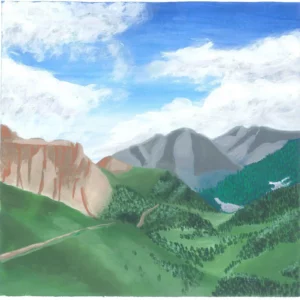
🎧 Australia
The upland rainforests of far-north Queensland are home to many species unique to the region. This recording features the birds and insects of this unique habitat, along with a gentle breeze at dusk. In the latter part, darkness falls and the sound of crickets intensifies, while the wild crowings of orange-footed scrubfowl are audible in the distance.
🎧 Ethiopia
In the cloud forests of Ethiopia, the soundscape is decidedly different from lowland rainforests like the Congo or the Amazon. There are less insects overall, so hearing distance is greater. There’s still plenty of humidity but it’s colder; as a result, wildlife has to conserve energy.
If you have more suggestions, please add them in the comments section below. Thank you!
Earth.fm is a completely free streaming service of 1000+ nature sounds from around the world, offering natural soundscapes and guided meditations for people who wish to listen to nature, relax, and become more connected. Launched in 2022, Earth.fm is a non-profit and a 1% for the Planet Environmental Partner.
Check out our recordings of nature ambience from sound recordists and artists spanning the globe, our thematic playlists of immersive soundscapes and our Wind Is the Original Radio podcast.
You can join the Earth.fm family by signing up for our newsletter of weekly inspiration for your precious ears, or become a member to enjoy the extra Earth.fm features and goodies and support us on our mission.
Subscription fees contribute to growing our library of authentic nature sounds, research into topics like noise pollution and the connection between nature and mental wellbeing, as well as funding grants that support emerging nature sound recordists from underprivileged communities.

